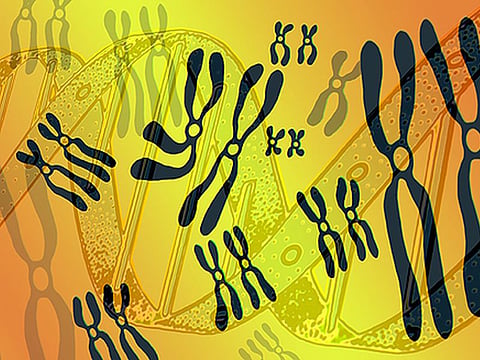FRIDAY, Feb. 5, 2016 (HealthDay News) -- Vibratory urticaria is associated with a missense substitution in ADGRE2, according to a brief report published online Feb. 3 in the New England Journal of Medicine.
Steven E. Boyden, Ph.D., from the National Institutes of Health in Bethesda, Md., and colleagues discuss a previously unknown missense mutation identified in patients with autosomal dominant vibratory urticaria. The authors examined participants' clinical and familial history, results of a forearm vortex challenge, serum histamine measurements, and skin biopsy findings. Using linkage scans, exome sequencing, and Sanger sequencing they performed genetic analysis.
The researchers identified a previously unknown missense substitution in ADGRE2, which resulted in replacement of cysteine with tyrosine at amino acid position 492 (p.C492Y). This was the only nonsynonymous variant that cosegregated with vibratory urticaria in two large kindreds. The ADGRE2 receptor undergoes autocatalytic cleavage, resulting in an extracellular subunit that binds a transmembrane subunit in a noncovalent manner. The variant was found to destabilize an autoinhibitory subunit interaction, resulting in sensitization of mast cells to immunoglobulin E-independent vibration-induced degranulation.
"Our data suggest that the p.C492Y substitution effects a pathogenic gain of function in ADGRE2 by destabilizing the inhibitory interaction between the α and β subunits, thereby sensitizing mast cells to vibration-induced degranulation," the authors write. "Consistent with this mechanism, the hereditary vibratory urticaria phenotype probably reflects an exaggeration of a normal cellular response to dermal vibration that remains asymptomatic in unaffected persons."
Abstract
Full Text


